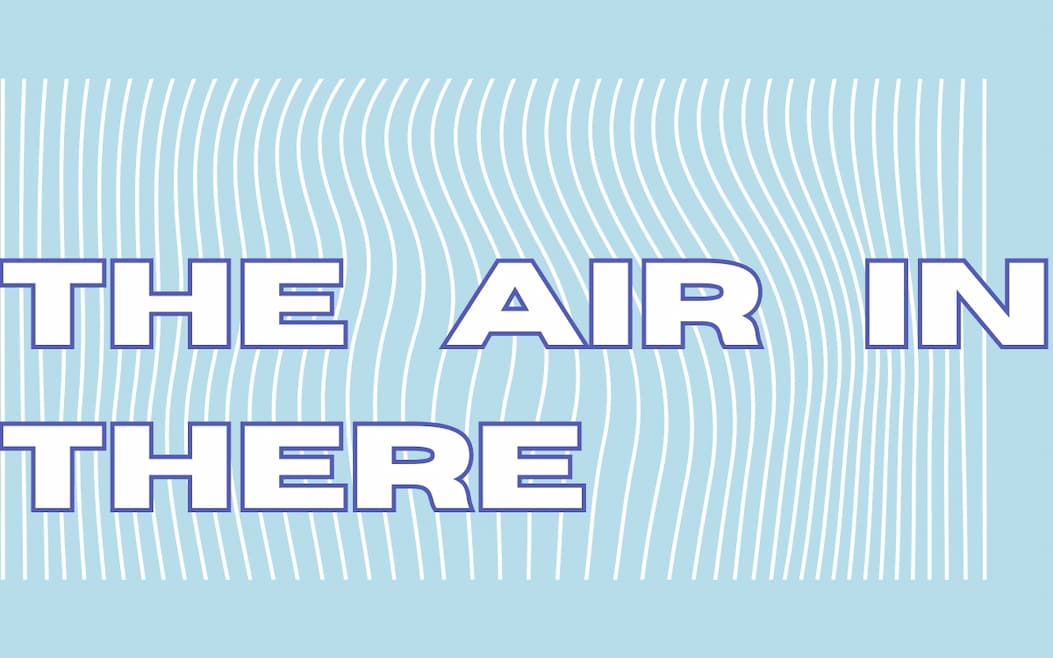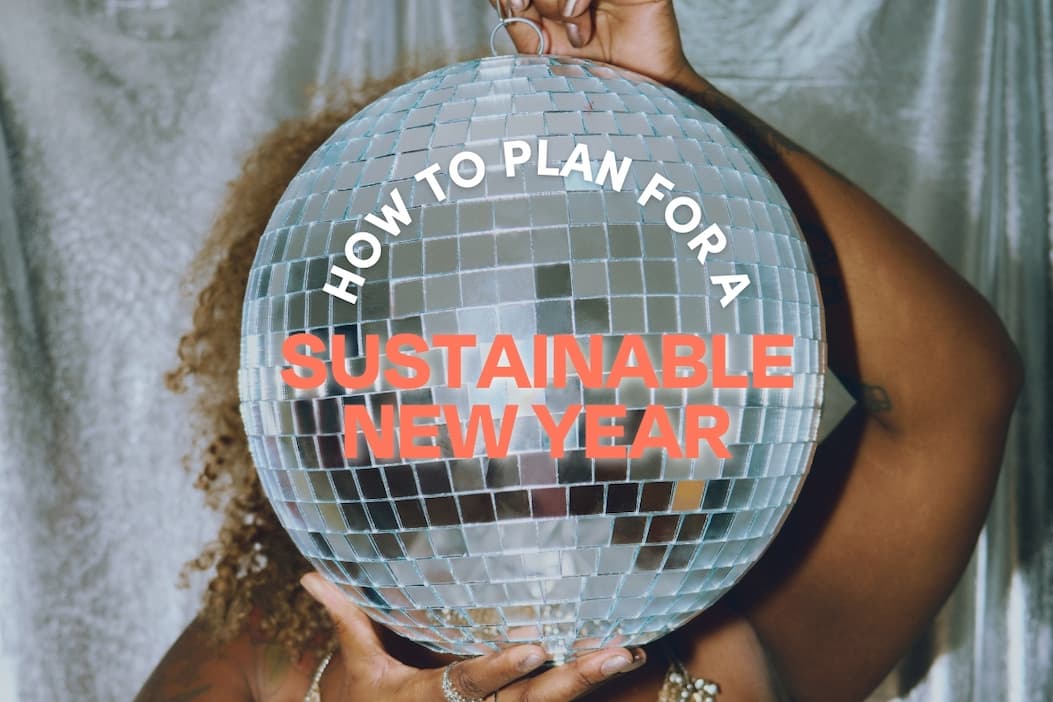How to Choose Sustainable Mattresses

When purchasing a new mattress, look for GOTS and GOLS-certified organic cotton and latex, and avoid polyurethane foam. If you’re going to buy a mattress that contains down, make sure it’s certified by the Global Traceable Down Standard or the Responsible Down Standard.
Materials
Polyurethane Foam
Polyurethane foam is a common material in mattresses and is made from polyurethane, a plastic. As we know, plastic is made from crude oil (AKA the fossil fuel industry) and has significant emissions, resource use, and waste implications. Additionally, polyurethane foam is unfortunately a significant source of VOC emissions. Why do VOCs matter, you ask? According to the EPA, exposure to VOCs can cause eye, nose, and throat irritation, headaches, and nausea, not to mention liver, kidney, and central nervous system damage. Some VOCs are also carcinogens… which is so not what we want in our sacred sleeping spaces. Interestingly enough, the environmental conditions of sleep can actually influence VOC emissions – including elevated temperatures, humidity, and CO2 concentrations (from sweating and respiration). Additionally, low ventilation in bedrooms and the coverage provided by, say, a snuggly blanket, can cause higher concentrations of VOCs to be emitted.
Cotton
In general, plant-based materials like cotton require less energy to manufacture compared to petroleum-based alternatives like polyester. However, the production and maintenance of cotton products require a lot of water compared to these alternatives. Luckily, some cotton is grown in ways that can be kinder to our planet. In an LCA looking at the differences between organic cotton and conventional cotton, the Textile Exchange found that organic cotton is 46% less harmful to global warming, creates 70% less acidification of land and water, the potential for soil erosion drops 26%, surface, and groundwater use falls 91%, and the demand for energy can drop by as much as 62%.
Organic Cotton
Organic cotton is grown without relying on harmful chemicals for fertilization, leaving the soil, air, and water with less contaminants. It also produces around 46% less carbon dioxide compared to conventional cotton.
Natural Latex
Natural latex is made from the sap of rubber trees, which is whipped into a froth, poured into molds, and baked into layers. Rubber trees can produce sap for more than 20 years and don’t need to be cut down during sap collection. This is great news for the health of the trees and the soil, since the longer a tree remains in the ground, the more nutrients the tree can absorb and the soil can retain. We are huge proponents of natural latex for its supportive, durable, and naturally antimicrobial properties. The latex production industry has faced criticism for contributing to deforestation, carbon emissions, and biodiversity loss in Southeast Asia where the majority of rubber trees are grown. In Cambodia alone, rubber tree plantations have led to a quarter of the country’s deforestation. While global demand for latex has led to these issues, rubber is still a highly recyclable material, which is definitely a plus if you dispose of your mattress properly.
Synthetic Latex
While natural latex itself is a low-impact material, it sometimes is mixed with synthetic foam or harsh chemicals to produce synthetic latex. Be mindful of the other ingredients beyond latex when choosing a mattress. To avoid nasty additives, like VOCs, look for latex products with a Global Organic Latex Standard (GOLS) certification. GOLS certifies social and environmental standards across the entire supply chain so you can rest assured that everyone who worked on your product did so in safe conditions free of harmful chemicals.
Metal Coils
Metal coils get a bad wrap – but seriously, who doesn’t hate that pesky coil digging into their back when they roll over in the middle of the night?! The reason mattresses contain coil springs is to provide stability and sturdiness to give our bodies and backs the support they need – which we love. And, when it comes to environmental impact, metal coils outperform those polyurethane foam mattresses – in fact, a Life Cycle Assessment (LCA) shows that the environmental impact of a polyurethane foam mattress is 3 - 4 times higher than its metal coil counterpart. One of the great things about those coils is that they are relatively easy to recycle (because there are existing recycling streams) and because of their economic value (i.e. those coils cost a buck and it’s cheaper for companies to keep them in use). This also means that producing new metal is avoided. Go team recycling!
Down
Down refers to the soft layer of clusters taken from the chest area of a goose, swan, or duck. These clusters are round and fluffy like a dandelion or cotton ball. Down is soft, light, and airy, insulates better than feathers, and doesn’t flatten out as quickly since it doesn’t have quills. All of these attributes make down more valuable than feathers.
The down industry produces 270,000 metric tons of down annually. In theory, as long as the commercial poultry industry is in existence, down and feathers could be a byproduct that (again, theoretically) limits the amount of waste to landfill during processing. The unfortunate reality is that in conventional down production, waterfowl are often plucked while they’re alive. This practice is outlawed in the U.S., but it still takes place in Hungary, Poland, and China, the world’s largest down producers. In fact, it’s estimated that 50-80% of the down on the market is live-plucked. That’s a lot of unnecessary suffering.
If you choose to buy down products, check for certifications by Global Traceable Down Standard or Responsible Down Standard. These certifications ensure that no down comes from live-plucked or force-fed birds and that animals have access to the Five Freedoms of animal welfare, including freedom from hunger and thirst; freedom from discomfort; freedom from pain, injury, and disease; freedom to express normal and natural behavior; freedom from fear and distress.
Disposal
When your mattress is on its last legs, it’s important to consider how you’ll get rid of it. This might not be the first thing you think of when buying a new mattress, but that mattress you’re replacing has to go somewhere, and so too will this new mattress…eventually. If that bad boy is in good shape, consider keeping it in use by giving it to someone in need. The Salvation Army and Habitat for Humanity both accept mattress donations, and in some locations will actually collect your mattress from you. Some mutual aid organizations and gift-economy groups, like the Buy Nothing Project, can also help you lean into the circular economy by giving your perfectly-good mattress to a community member. If you’re looking to make a buck, try selling your pre-used fav on Craigslist or Facebook Marketplace.
Another option is to recycle your mattress. Earth 991 is an organization that lets you type in any item – in this case, your mattress – and your zip code to offer you the nearest recycling center locations that can handle it. Bye-Bye Mattress, funded by the mattress industry’s Mattress Recycling Council, helps you to identify locations nearby. While they mainly have programs in Rhode Island, California, and Connecticut, you can check their website for more options.
Data from the Mattress Recycling Council showed that from 2015 to 2017, they were able to recycle 1 million mattresses. Unfortunately, this is only 5% of the 20 million mattresses disposed of annually in the USA. Let us be clear – we love a recycling queen. This is why we are such advocates for keeping materials and parts in use! And the good news is, 85% of mattress materials are capable of being reused. In fact, refurbishing and repurposing the parts of the mattress – including the fibers and springs – can reduce the emissions associated with the mattress by 90 percent compared to sending mattresses to landfill. Unfortunately, it’s all about the systems of reuse that are available to us. Advocate for recycling and reuse options through policy (your local vote matters!) to reduce the environmental impact of your mattress when you’re done with it. The hard truth is that most mattresses end up in a landfill. This is a result of health concerns – cough, cough, bed bugs – and the fact that we just don’t have the recycling infrastructure in the United States to make it accessible for such large, durable items. So, when possible, keep that bad boy circulating in your local economy.
Certifications
Here are some certifications to look for when shopping this category.

The Global Traceable Down Standard ensures that the down in your pillow comes from a source that emphasizes animal welfare and supply chain traceability. This includes no force-feeding or live-plucking of the birds, respect for the Five Freedoms of animal welfare, education, and training on animal welfare across the entire supply chain. The standard is enforced by a third-party audit and compliance program to ensure that companies with this certification are actually meeting the rules and regulations they claim to adhere to.
.avif)
The Responsible Down Standard is a certification from the Textile Exchange. This standard works to ensure that the birds in the supply chain have not been subjected to unnecessary harm. While “unnecessary harm” may sound arbitrary, the certification sets out extensive metrics and expectations for companies to meet, including no force-feeding, sufficient food, clean and safe drinking water, and access to clean and well-ventilated shelters, among other important health, well-being, and welfare standards.

The CertiPUR-US certification is a standard for polyurethane foam. While other certifications ban polyurethane foam holistically (like the GOLS certification), the CertiPUR-US certification prohibits substances like polybrominated diphenyl ether (PDBE) and flame retardants which can emit VOCs, and they require testing for formaldehyde. Unfortunately, polyurethane is, and will always be, made from plastic. While this certification ensures that the polyurethane being used is safer for human health, it doesn’t change its relationship with the fossil fuel industry. It’s also important to note that the CertiPUR-US certification is managed by the Alliance for Flexible Polyurethane Foam, which has a Board of Directors made up mostly of people in the polyfoam industry who have a vested interest in the continued use of polyurethane.

When it comes to latex, look for products with a Global Organic Latex Standard (GOLS) certification to avoid nasty additives like VOCs. GOLS certifies social and environmental standards across the entire supply chain so you can rest assured that everyone who worked on your product did so in safe conditions free of harmful chemicals. This certification also ensures that the product is made from 95% organic latex, with stringent chemical restrictions, as well. Those chemical restrictions make sure that your mattress doesn’t contain flame retardants, which are known carcinogens.

GOTS is the gold standard of textile certifications (which is why we like to pronounce it GOAT-S). It requires that at least 70% of the materials in the product are organic and that the product complies with multiple environmental and social criteria along its entire supply chain. If you opt for sheets made with cotton, hemp, silk, or linen, definitely prioritize finding this label.

The OEKO-TEX standard guarantees that every component of a product has been tested for potentially harmful substances such as pesticides, heavy metals, and formaldehyde, which predominantly impact people working at manufacturing facilities. This label means that the product is relatively harmless to human health, which is great for the people who make the sheets AND the people who sleep on them.
Join today to get access to product recommendations,
unlimited articles, and exclusive weekly content.
(16% discount)
Already a member? Log in.
Choose Wisely with Finch

Green Mattress
This mattress is voted most comfortable (a favorite in Lizzie's house) and as sustainable as it possibly gets



Elite Hybrid
Known best for it's muscle recovery properties, this mattress is most affordable, while still touting some great sustainability metrics


Natural Mattress
This NYC-based brand has a Rainforest Alliance certification and also plants a tree every time a mattress is sold. Do we love that?! YES!



Natural Hybrid
Designed in the USA and made with recycled steel supports, no PFAS added, and sustainable Joma Wool



Natural Escape Organic
It's got all the acronyms! GOLS, GOTS, MADE SAFE, and is fully hypoallergenic and Illinoise-based



The Botanical Bliss
This mattress is made in the USA and comes in multiple firmness options

Learn more about our sources and methodology
LEARN MORE











